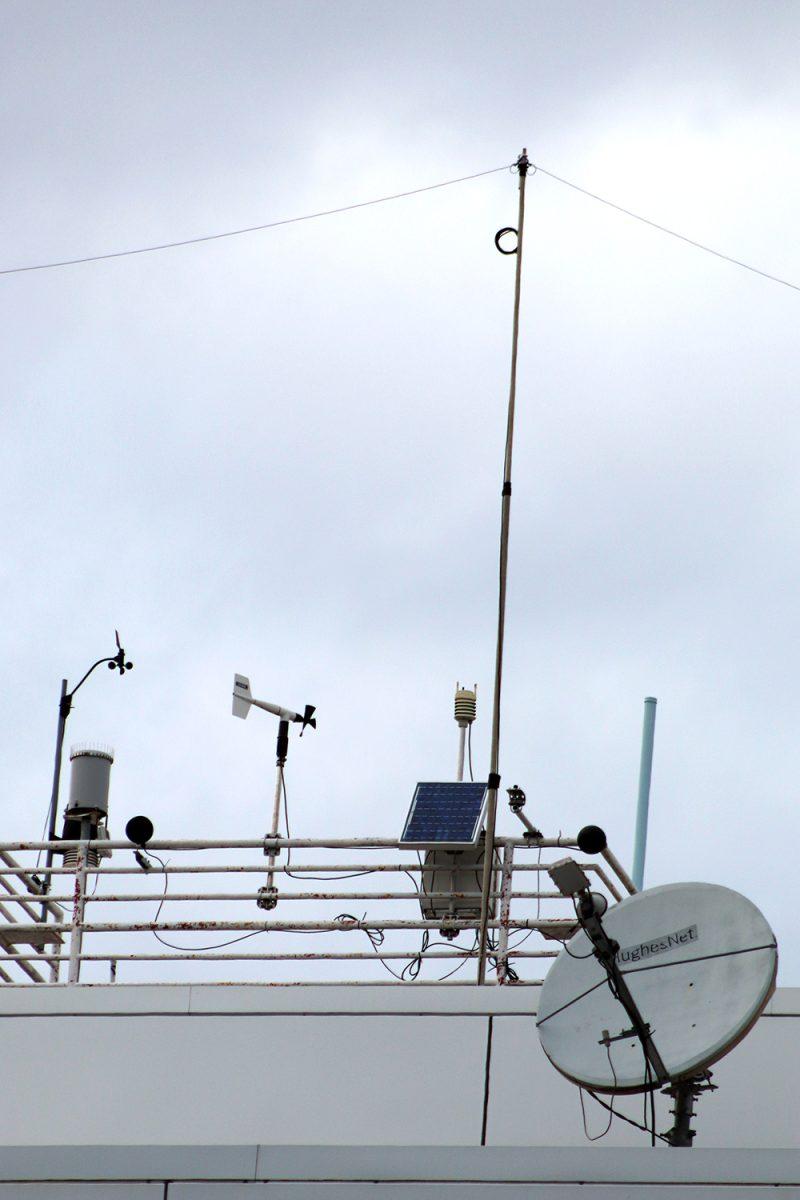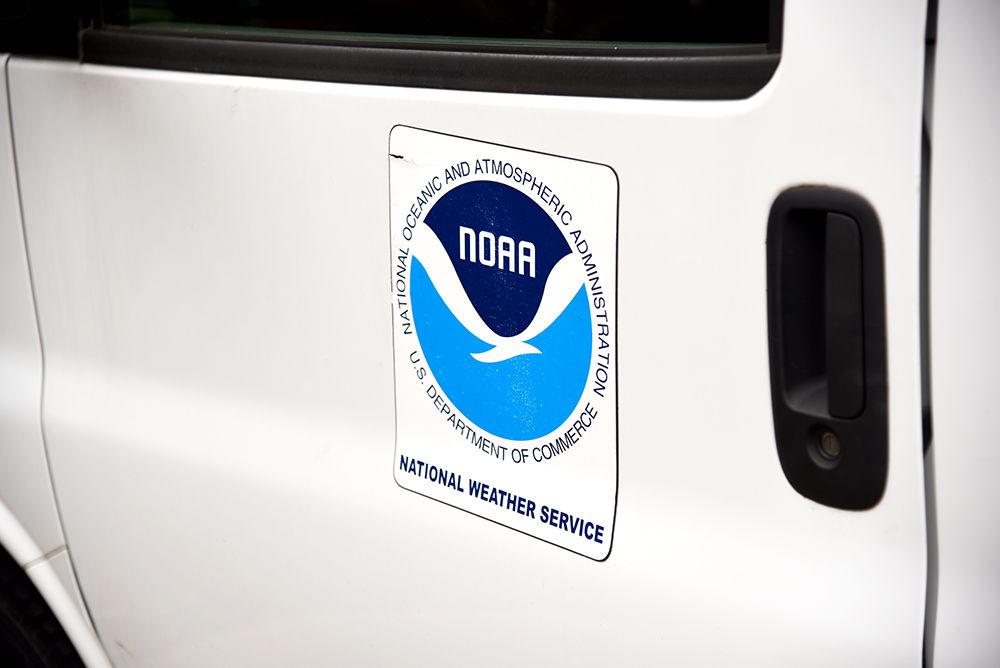The National Weather Service in Raleigh collaborates with the NC State Sounding Club and the department of Marine, Earth, and Atmospheric Sciences to improve services and accuracy in forecasting.
According to Sounding Club President Malcolm Byron, a third-year studying meteorology, NWS locations in Greensboro and Morehead City launch weather balloons every 12 hours, and in special weather conditions the Sounding club will launch a ballon and send data to the NWS*. The weather service station then uses the data to make forecasts since it does not launch a weekly weather balloon.
“It’s a good way to sample the current state of the environment … and the temperature profile for the atmosphere,” Byron said.
Byron said a weather balloon is a good way to predict the possibility of snow, because it collects data throughout the entire atmosphere. The balloon also helps predict severe weather and looks for instability in the atmosphere and the wind profile to determine its severity. Byron referred to the work students do for NWS as a “common courtesy.”
According to Jonathon Blaes, meteorologist-in-charge at the National Weather Service in Raleigh, the weather service moved close to campus from its previous location near Raleigh-Durham International Airport in 1994. The move made the weather service more interactive with students.
“Most of the time, we will have students working with us, and we will be working with faculty all the time,” Blaes said. “State will frequently collaborate with the weather service for various research projects.”
Some students get the opportunity to be interns with NWS. Byron said the positions are highly competitive but are very useful to aspiring meteorologists and can help their chances of getting jobs after graduation.
In April 2011, an NC State student was in the office when an EF3 tornado swept through the Research Triangle area, resulting in damages and even fatalities. Carl Barnes, a student volunteer at the time and now a meteorologist for NWS in the Newport/Morehead city area, had the chance to follow the storm that day.
Besides forecasting, the weather service also determines conditions for environmentally dependent jobs. According to Blaes, these include controlled burns for forests, flooding conditions, airport flying conditions, and certain emergencies in chemical and nuclear accidents. Another focus of the center is educating people on weather, climate and climate change.
NWS also conducts a field trip for the Boy Scouts of America in which they travel with the American Meteorological Society at NC State to the weather service office to learn about weather and forecasts.
More information about the National Weather Service can be found on their national website. Information about the Meteorological Society and Sounding Club can be found on the Wolfpack Meteorology website.
*Editor’s Note: A previous version of this article incorrectly stated that Sounding club launches a weather balloon every 12 hours. This sentence was updated for clarity.
The National Oceanic and Atmospheric Administration keeps a truck parked outside of Research Building 3 on Tuesday Aug. 27, 2019. Research Building 3 houses the National Weather Service. The National Weather Service, NOAAA and North Carolina State University have been working together since the 70's with a goal of accelerating the application of new science to operational forecasting.






